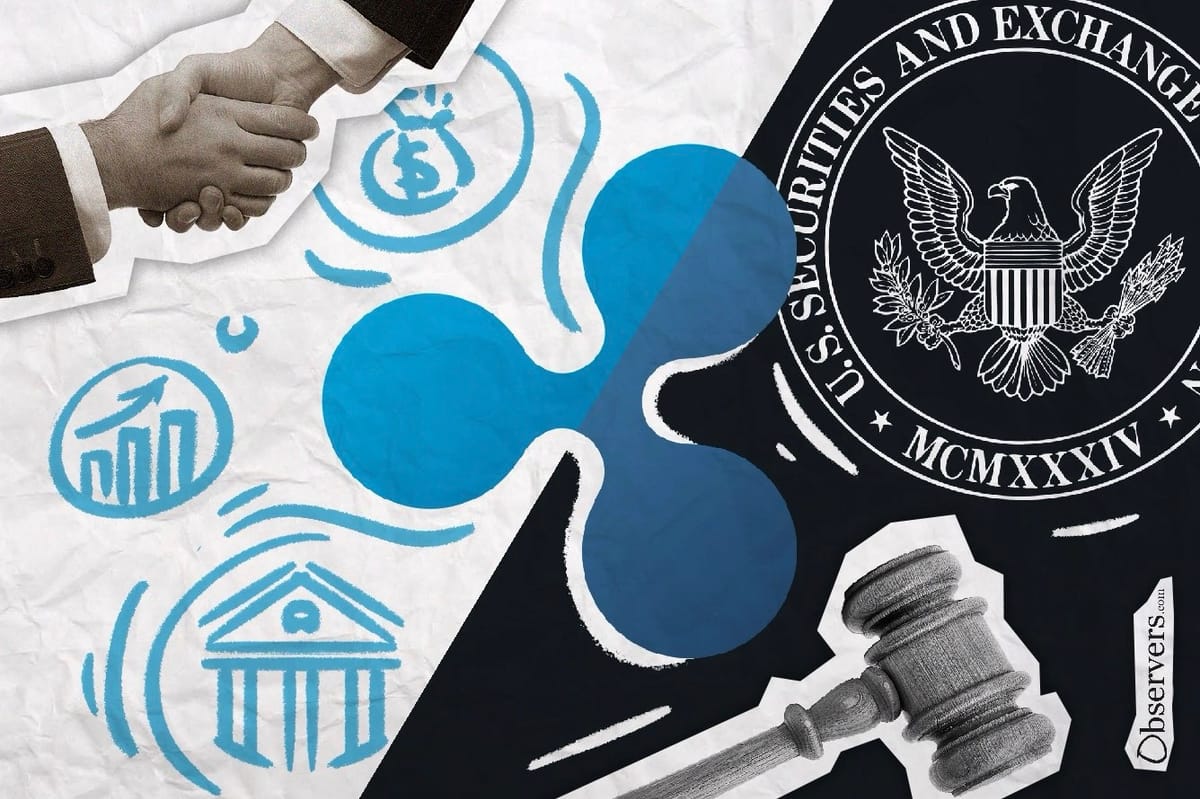
Ripple has been in a long-lasting legal battle with the U.S. Securities and Exchange Commission (SEC) since 2020, when the SEC accused Ripple of breaching the U.S. Securities Law by raising more than $1.3 billion with its XRP token sale. Observers believe the outcome is crucial for the firm and could set a precedent for all other crypto companies.
At the same time, Ripple actively participates in various banking integrations, conferences, and reports. Ripple positions its decade-old XRP Ledger (XRPL), boasting over 2.8 billion transactions and $1 trillion in value, as the ultimate platform for institutional crypto.
At the end of April, Ripple announced its stablecoin, which will be "100% backed by U.S. dollar deposits, short-term U.S. government Treasuries, and other cash equivalents." Yesterday, the company announced the acquisition of Standard Custody & Trust Company, an established player in the custody business with an emphasis on regulatory compliance. Jack McDonald, the CEO of Standard Custody, has been appointed Ripple's Senior Vice President of Stablecoins and will lead the stablecoin launch on XRPL.
Last week, at Consensus 2024, Ripple unveiled its strategic vision and roadmap, also focusing on bolstering the XRPL's security, compliance, and functionality for integrations with the traditional markets.
A cornerstone of Ripple's strategy is providing institutional-grade, compliant tools for the tokenization of real-world assets (RWAs), such as equities, bonds, and real estate.
In an interview with Cryptonews at Consensus 2024, Ripple's CTO David Schwartz noted:
"Big institutions have really come to believe that there's going to be tens of trillions of dollars in real-world assets tokenized, and they don't want to let somebody else beat them to it."
On June 5, Ripple released rippled XRPL version 2.2.0, featuring performance optimization, new features, and amendments.
#XRPL version 2.2.0 is now available and introduces the new XLS-47 Price Oracle amendment.
— RippleX (@RippleXDev) June 5, 2024
It also includes an important fix amendment to avoid the creation of empty DIDs, as well as smaller fix amendments for AMM, XChain routing and TxnID.
Learn more: https://t.co/6WNo5Vvvve
Focus on Compliance
By leveraging its XRP Ledger, Ripple aims to streamline the issuance, trading, and settlement of tokenized RWAs, unlock liquidity in traditionally illiquid markets, and provide conditions for bringing them on the chain.
In December 2023, Schwartz shared his predictions for 2024 on X, stating:
"RWA tokenization will drive the blockchain economy, led by real estate and commodities. Tokenized RWAs on XRP Ledger will enhance collateralized loans, improve interoperability, and attract institutional adoption, reshaping the financial sector. #XRPL will be a leading blockchain enabling these use cases."
Ripple also introduced Multi-Purpose Tokens (MPTs), a new token standard with on-chain metadata, fixed supply, freezing, clawback, and enhanced flexibility to enable a wide range of tokenization projects. Schwartz noted that MPTs "can have regulatory compliance information attached to them" and fill the gap between fungible tokens (like stablecoins) and non-fungible tokens (like collectibles). The MPT amendment proposal is expected in Q3 2024, with a launch in 2025.
Previously, Ripple announced the integration of Zoniqx's Tokenization Platform, which experiments with Dynamic Compliant Interoperable Security Token (ERC-7518).
Ripple also has plans to implement Decentralized Identifiers (DIDs) to improve user identity verification and security within the ecosystem. DIDs are expected to offer a decentralized and secure method of identity verification, ensuring regulatory compliance and safeguarding transactions.
3/ 🔮 Prediction 3: DID
— Ripple (@Ripple) December 20, 2023
Decentralized Identity (DID) adoption will revolutionize privacy on the blockchain. DEXes, empowered by DIDs, will see increased institutional volume, driving growth and liquidity in decentralized finance. The proposed XLS-40 amendment introduces #DID…
For those institutions interested in DeFi, Ripple introduced the Automated Market Maker (AMM), which includes aggregated liquidity between multiple tokens, limit order books, mechanisms to reduce impermanent loss, and single-sided liquidity provision. These features, combined with the absence of Miner Extractable Value, are designed to attract institutional participation in the XRPL's native decentralized exchange.
Despite its legal issues with the SEC, Ripple continues to drive innovation in the blockchain space. Ripple aims to transform its XRP Ledger into a leading platform for tokenizing real-world assets through strategic initiatives such as new token standards, compliance solutions, and targeted acquisitions. This forward-thinking approach not only addresses regulatory concerns but also positions Ripple as a key player in the future of blockchain adoption. We'll continue to observe.

